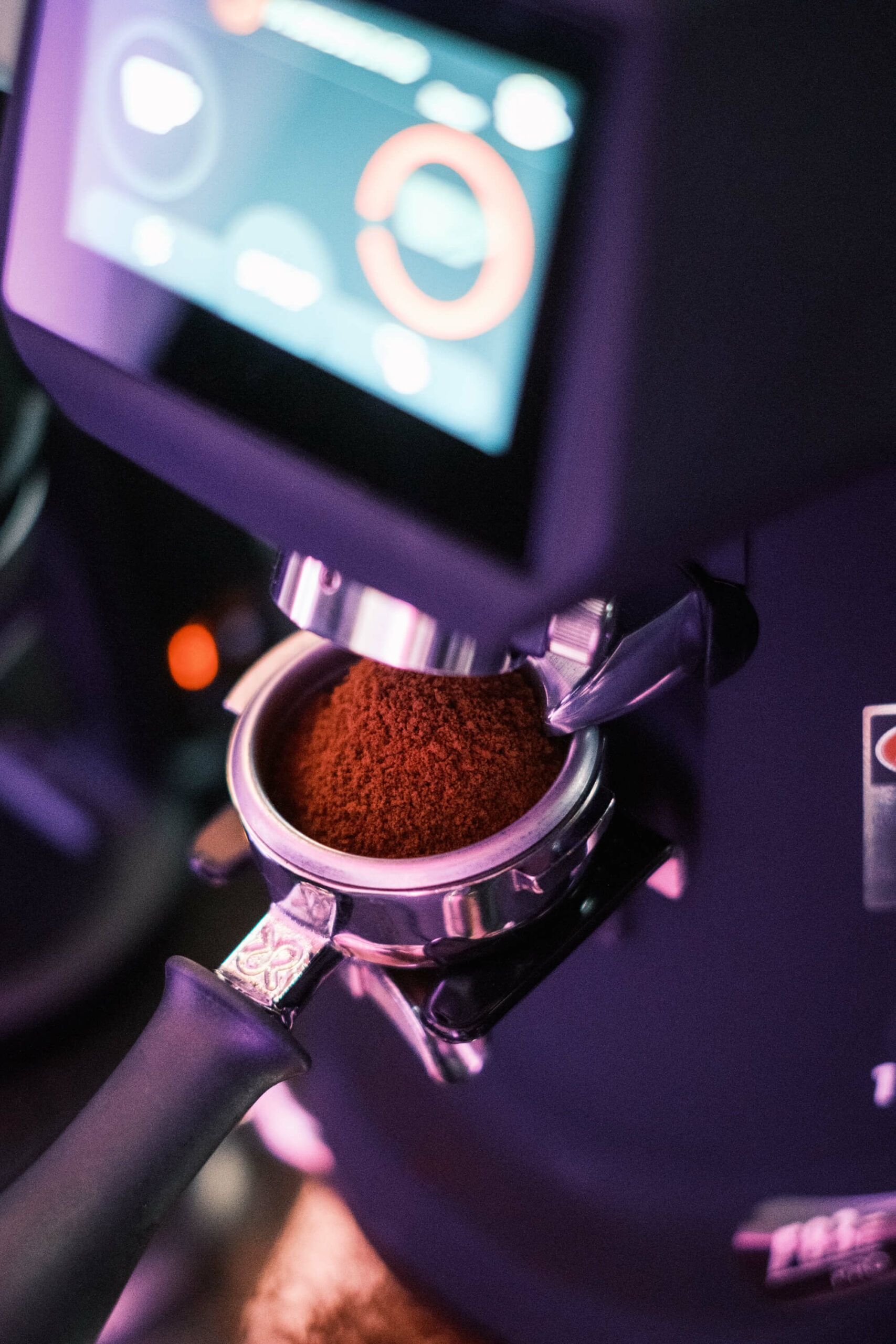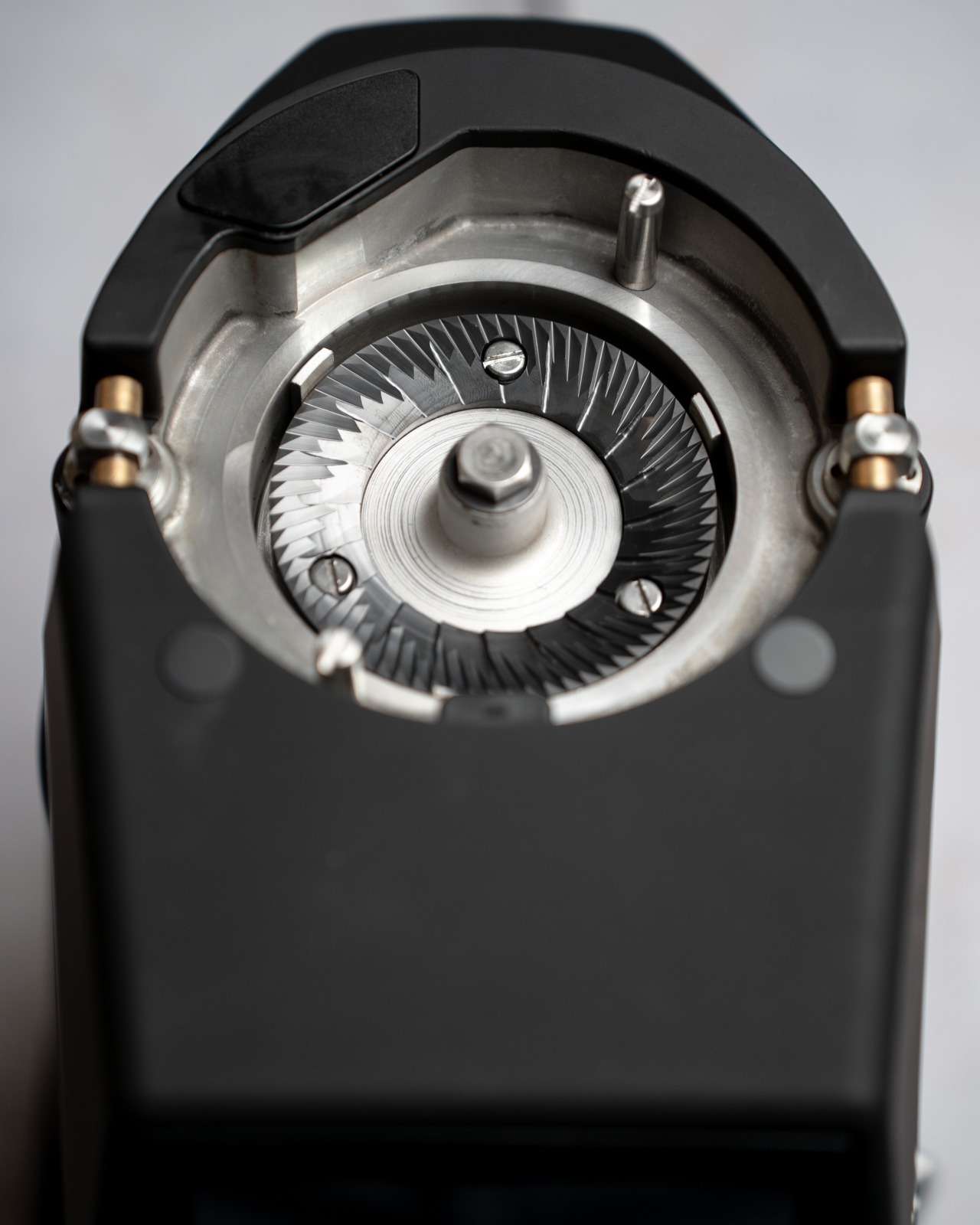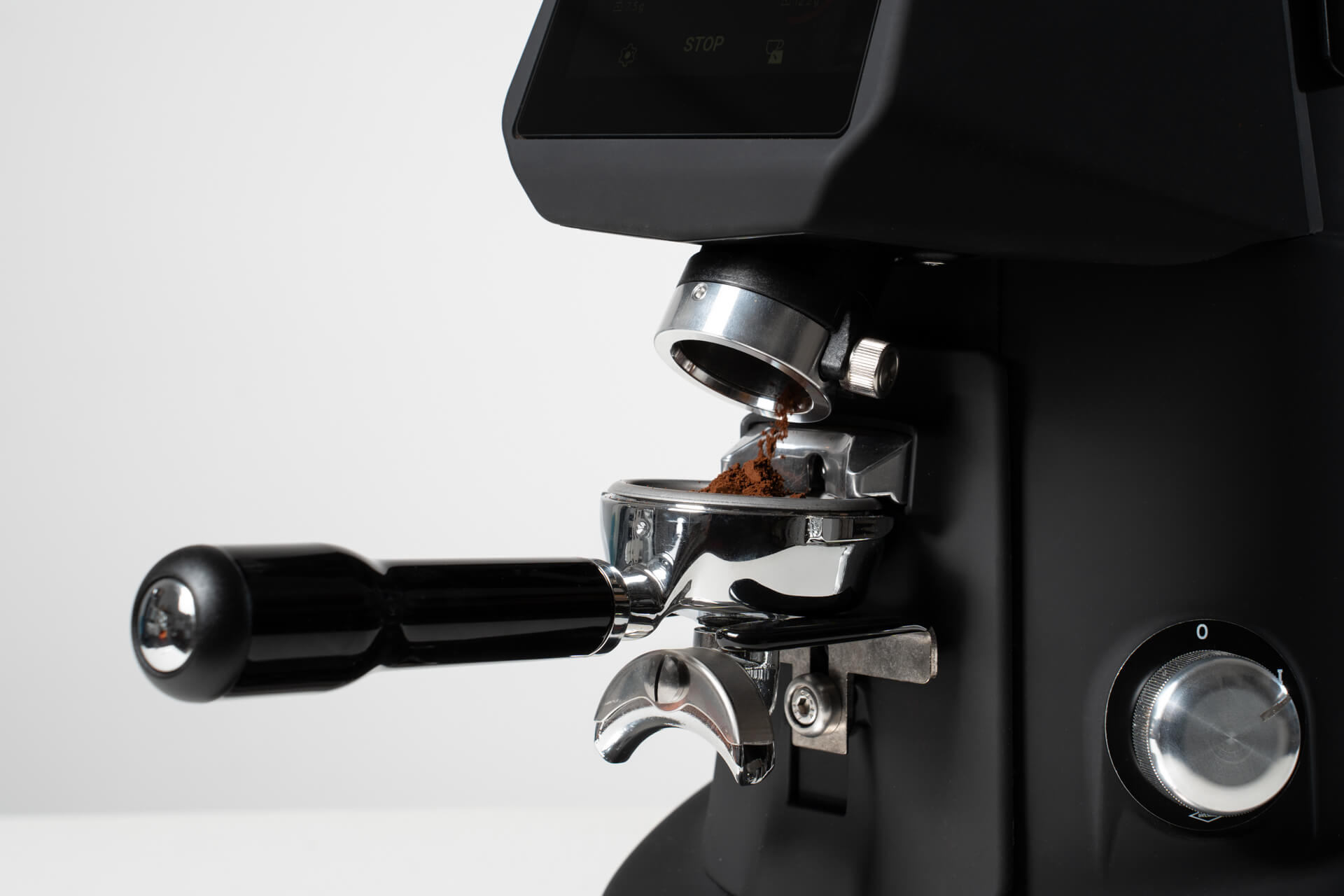The 5 Most Common Coffee Grinding Mistakes (and How to Avoid Them)

Grinding coffee is a crucial stage in the extraction process, often underestimated even by professionals who have been in the industry for years. Yet, even the best espresso machine and the finest blend can be ruined by poor grinding.
If you’re looking to improve what ends up in the cup, here are 5 mistakes to avoid when grinding coffee, along with practical solutions to achieve a consistently balanced and aromatic espresso.
1. Underestimating the role of the grinder in extraction
A great coffee starts with perfect grinding, and the grinder is the tool that can make or ruin the entire process. Too often, people invest in high-end espresso machines and premium blends while neglecting the grinder. But without proper grinding, everything else loses value.
The grinder is far more than an accessory: it is a strategic tool for cup quality. Choosing a professional grinder designed to ensure precision, reliability, and easy maintenance, like those from Fiorenzato, means giving real value to your work and achieving coffee that meets expectations.
2. Using a grinder with unsuitable burrs
Each extraction requires specific burrs, not only in terms of material and quality but also geometry. The shape of the dents and burr profile directly affect the grinding curve. The distribution of fine and coarse particles has a direct impact on extraction quality.
Fiorenzato grinders offer a wide range of solutions designed to meet different needs. They are equipped with food-safe primary steel burrs, highly resistant to wear and corrosion, and feature in-house engineered geometries to deliver optimal grinding curves that ensure precision, consistency, and sensory performance in every cup.
3. Grinding too coarse (under-extraction) or too fine (over-extraction)
A grind that’s too coarse leads to under-extraction: a weak, flat coffee with no body. On the other hand, a grind that’s too fine results in over-extraction: a bitter, astringent, and unpleasant espresso.
That’s why it’s essential to use a precise, easily adjustable grinder. Fiorenzato models allow you to set grind size with accuracy, enabling you to experiment and find the perfect “recipe” for each blend or origin.
4. Neglecting grinder cleaning and maintenance
Failing to clean the grinder regularly leads to flavor contamination. Old coffee residues, rancid oils, and powder in the grinding chamber compromise aroma, freshness, and cup clarity. A dirty grinder negatively affects every subsequent dose.
Periodic cleaning of your equipment is therefore necessary. Since frequent cleaning can be tedious, Fiorenzato has designed its grinders with easily accessible grinding chambers. PRO models, in particular, make cleaning quick and intuitive, without needing to reset grind size after maintenance.
5. Grinding the wrong amount of coffee
The amount of ground coffee is crucial for recipe balance and consistency. Without precise dose control, every espresso can turn out differently. That’s why expert intuition alone is not enough—precision is required.
Fiorenzato’s on-demand grinders make it easy to set grinding time. Advanced lines such as XGi and Sense allow you to grind exactly the desired quantity in grams, thanks to integrated weighing systems, ensuring absolute and long-lasting precision.


In this world, the grinder is the hidden heart of extraction: it works silently but has an enormous impact on the final result. It is the real dividing line between a perfect espresso and a coffee that risks being sent back to the counter.
Take the time to carefully evaluate your grinder: it is not just a machine, but a fundamental ally in your routine. With the right tools, designed for performance, reliability, maintenance, and precision, every coffee can become a memorable experience. The grinder is not an accessory. It’s an ally.